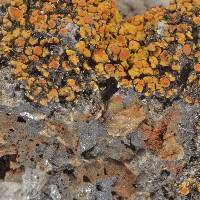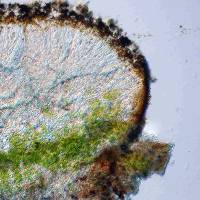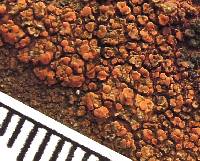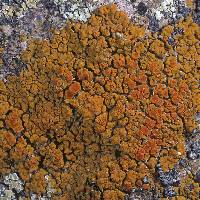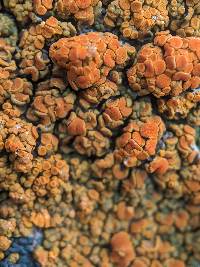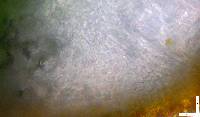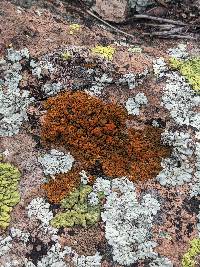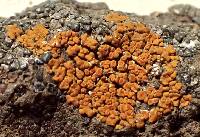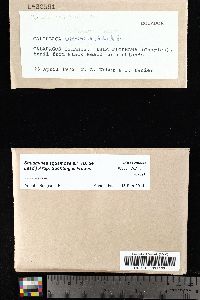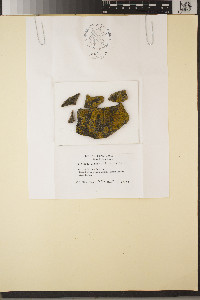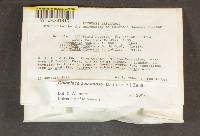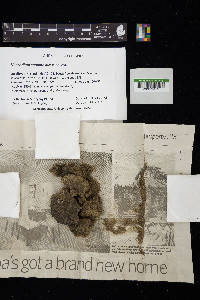
Consortium of Lichen Herbaria
- building a Global Consortium of Bryophytes and Lichens as keystones of cryptobiotic communities -
- Home
- Search
- Images
- Species Checklists
- US States: O-Z >
- US National Parks
- Central America
- South America
- US National Parks
- Southern Subpolar Region
|
|
|
|
Family: Teloschistaceae
[Caloplaca elegans var. brachyloba Zahlbr., moreCaloplaca squamosa (B. de Lesd.) Zahlbr., Caloplaca squamosa var. squamosa (B. de Lesd.) Zahlbr., Placodium squamosum B. de Lesd., Placodium squamosum var. squamosum B. de Lesd.] |
Nash, T.H., Ryan, B.D., Gries, C., Bungartz, F., (eds.) 2007. Lichen Flora of the Greater Sonoran Desert Region. Vol 3. Life habit: lichenized Thallus: squamulose, subsquamulose, margin abrupt at edge, without elongated lobes; prothallus: absent surface: orange, smooth, without asexual propagules cortex: cellular, 20-100 µm thick, granules absent; medulla paraplectenchymatous, without granules Apothecia: present, erumpent or adnate, 0.5-1 mm in diam., lecanorine disc: orange, flat, epruinose margin: persistent, flush; thalline margin present, concolorous with thallus; proper margin visible, concolorous with disc parathecium: cellular (paraplectenchymatous) including exciple below hypothecium epihymenium: golden, K+ red, 10%N-, cN-, C- hymenium: hyaline, 60-80 µm tall paraphyses: 2-3 tip cells slightly swollen, with few branches; subhymenium hyaline asci: cylindrical, 8 per ascus ascospores: hyaline, 2 locules, ellipsoid, 11-12.5 x 5.5-7 µm, isthmus 3-4 µm, spore end wall thin Pycnidia: present, mostly immersed, ostiole orange Spot tests: apothecial margin K+ red, 10% N-, cN-; thallus K+ red, 10%N-, cN-; medulla IKI- Secondary metabolites: unidentified anthraquinones. Substrate and ecology: on non-calcareous or calcareous rocks World distribution: southwestern North America Sonoran distribution: southern California, Arizona, Baja California, Baja California Sur, western Chihuahua, Sonora, and northern Sinaloa. Notes: Both Caloplaca squamosa and C. subsoluta are very variable and this has led to the numerous synonyms. The most characteristic features of both species are the yellowish orange areolate to subsquamulose or squamulose thallus with slightly uplifted margins and the paraplectenchymatous hypothecium and medulla. The typical C. subsoluta has a thinner, flatter, areolate to subsquamulose thallus. Typical C. squamosa is thicker, more convex, and usually distinctly squamulose. However, at the edges of the range of C. squamosa it becomes much more like C. subsoluta, especially in Texas and California. Another factor in the variability is the presence of lichenicolous fungi that can strongly alter the appearance of the thallus. These two species frequently occur together on the same rock. The apothecia of C. subsoluta typically have no obvious thalline margin while C. squamosa always does. |
|
|
|
Powered by Symbiota



